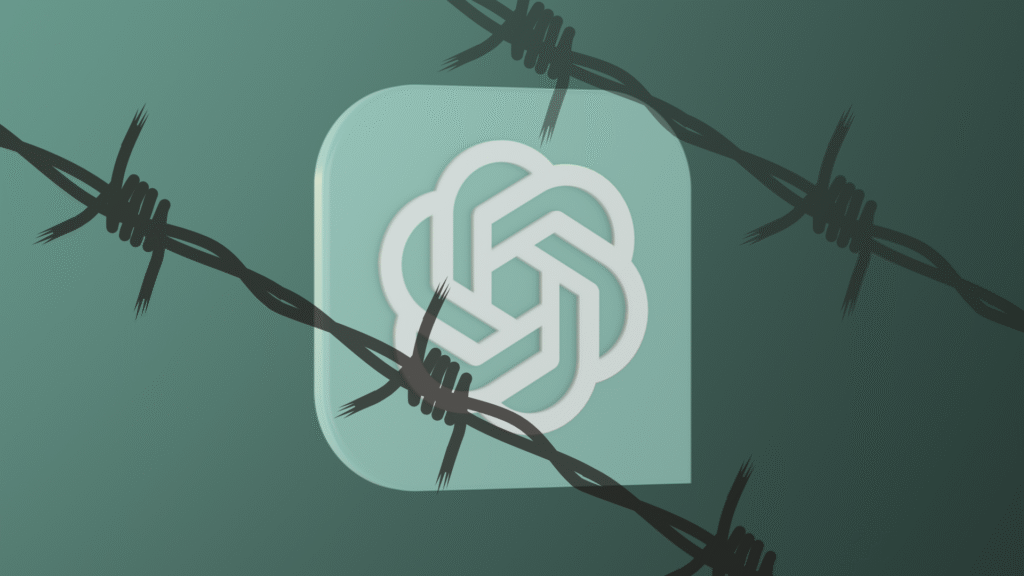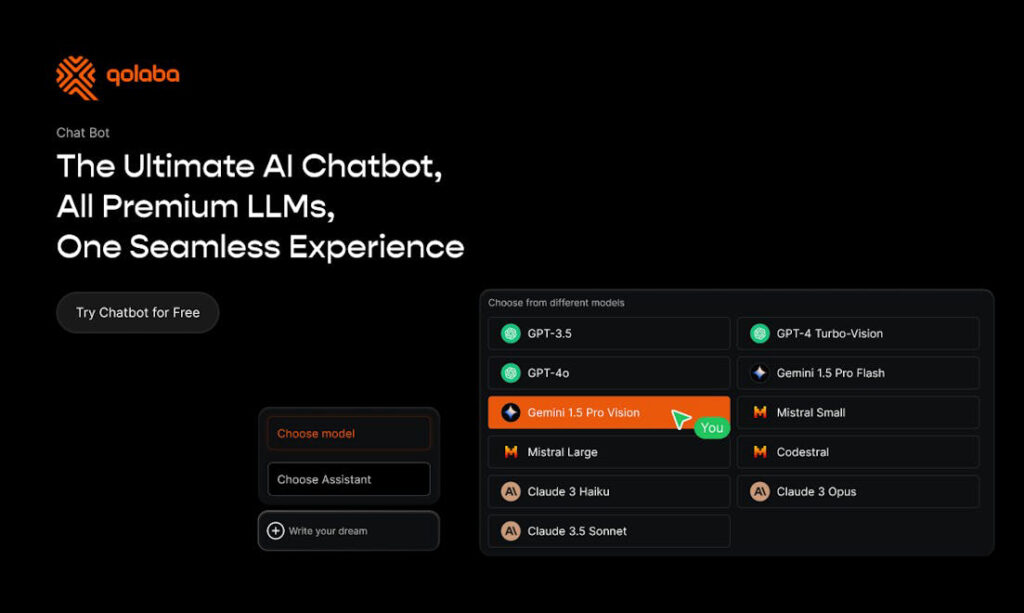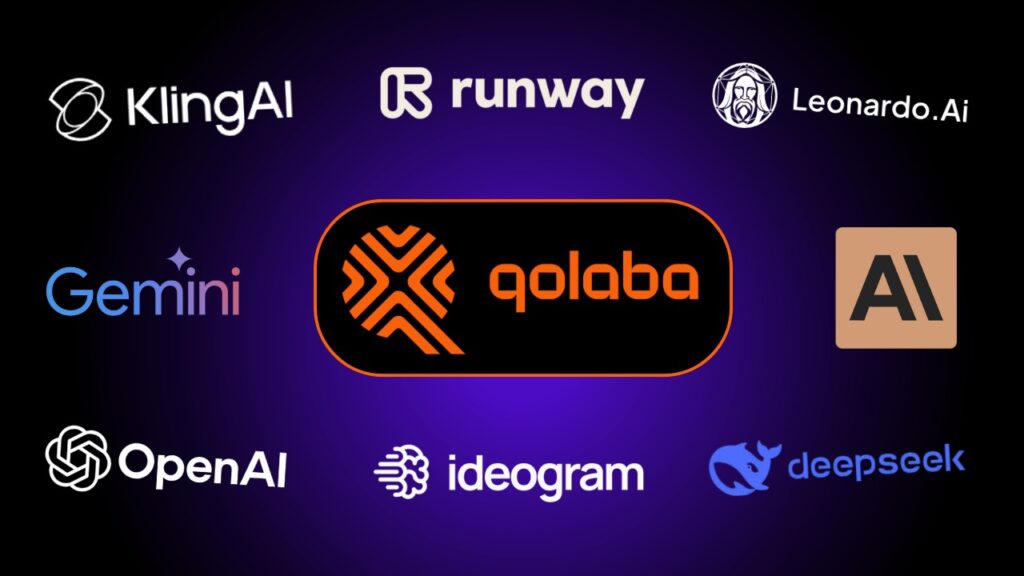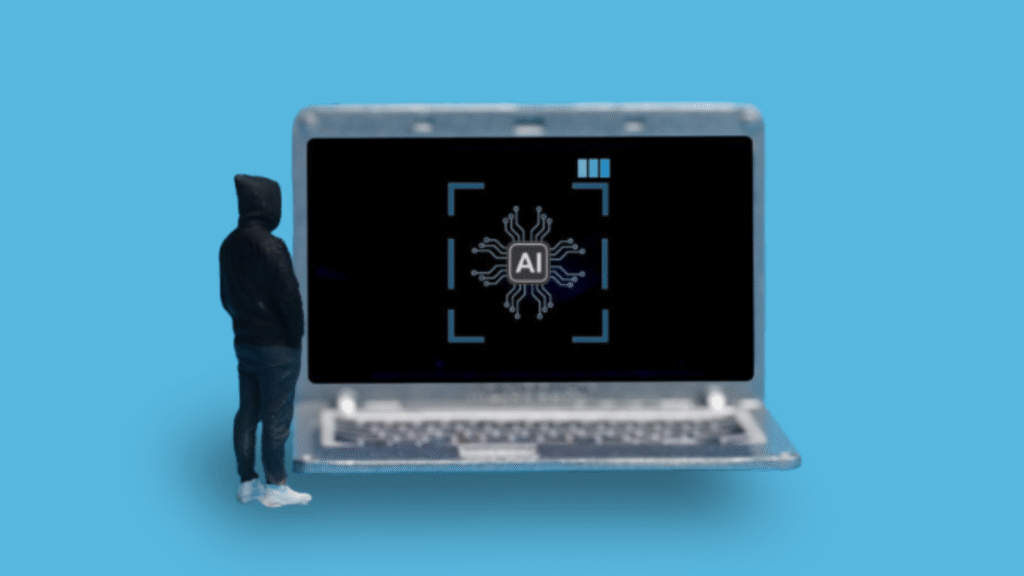Your team subscribed to ChatGPT Teams for $25 per user monthly. Everyone uses GPT-4 for everything—blog posts, research, creative briefs, technical documentation, and social media copy. It’s consistent, predictable, and… limiting.
This is the single-model trap: constraining your team’s creative potential by relying on one AI architecture for diverse creative challenges that different models handle better.
Here’s why model diversity unlocks superior creative outcomes and how forward-thinking teams are breaking free.
Understanding the Single-Model Trap

What Single-Model Limitation Means
Restricting team AI usage to one model architecture regardless of task requirements, content types, or creative objectives.
Common Scenarios:
- Marketing teams using only ChatGPT for all content creation
- Design teams limited to one image generation model
- Research teams constrained to single analysis AI
- Organizations choosing vendor simplicity over capability optimization
The Core Problem: Different AI models excel at different tasks due to varying training data, architectures, and optimization focuses.
Why Teams Fall Into This Trap
- Administrative Simplicity: Managing one subscription and interface reduces complexity.
- Budget Predictability: Single-vendor relationships simplify procurement and cost management.
- Training Efficiency: Learning one platform seems more efficient than mastering multiple systems.
- Vendor Marketing: AI companies position their models as comprehensive solutions for all business needs.
The Creative Limitations of Single Models

Task-Specific Performance Variations
Research from AI Performance Studies shows significant quality differences between models for specific content types:
- Creative Writing: Some models excel at narrative flow and character development while others optimize for technical accuracy.
- Technical Documentation: Code-trained models produce clearer technical explanations than general-purpose alternatives.
- Marketing Copy: Conversion-focused AI creates more persuasive content than models optimized for factual accuracy.
- Research Analysis: Specialized research models process academic data more effectively than conversational AI.
The Innovation Bottleneck
- Style Homogenization: All content carries similar voice characteristics regardless of brand requirements.
- Approach Limitation: Teams miss innovative solutions that alternative AI architectures might discover.
- Quality Ceiling: Output plateaus at the single model’s capabilities rather than accessing best-in-class performance.
- Competitive Disadvantage: While competitors utilize model diversity, single-model teams produce predictable outputs.
The Multi-Model Advantage

Specialized Excellence Access
Academic research from MIT’s AI Lab demonstrates that task-specific models consistently outperform general-purpose alternatives for specialized applications.
Creative Benefits:
- Content Variety: Different models generate diverse creative approaches to identical briefs
- Quality Optimization: Access to models that excel at specific content types
- Style Flexibility: Multiple AI personalities and writing approaches within unified workflows
- Innovation Potential: Unexpected creative solutions from diverse AI training backgrounds
Real-World Performance Examples
Marketing Campaign Development:
- Model A: Excels at emotional, storytelling-focused copy
- Model B: Optimizes for conversion-focused, direct response content
- Model C: Specializes in technical product explanations
- Combined Approach: Campaign utilizes each model’s strengths for different content pieces
Research Projects:
- Academic-focused AI: Better at literature reviews and citation analysis
- Industry-specific models: Superior for market research and competitive analysis
- Data analysis AI: Optimized for statistical interpretation and insights
How Qolaba Solves the Single-Model Trap

Comprehensive Model Access
Qolaba provides access to 60+ AI models through a unified interface, eliminating the single-model trap while maintaining workflow simplicity.
Model Diversity Benefits:
- Specialized Content AI: Models optimized for different content types and industries
- Creative Variety: Multiple approaches to identical creative challenges
- Quality Optimization: Automatic selection of best-performing models for specific tasks
- Innovation Acceleration: Access to cutting-edge AI capabilities as they become available
Intelligent Model Optimization
- Smart Routing: Qolaba automatically recommends optimal AI models based on content type, audience, and project requirements.
- Performance Tracking: Teams compare outputs across different models to identify best-performing approaches for specific use cases.
- Workflow Integration: Seamless transitions between models within unified projects maintain context and accelerate completion.
Enterprise Management
- Centralized Access: IT administrators manage model access and usage policies through a single interface.
- Cost Optimization: Usage-based pricing ensures teams access diverse models without per-model subscription penalties.
- Performance Analytics: Detailed insights into which models deliver best results for different team functions.
Breaking Free: Implementation Strategy

Assessment and Testing
Current State Analysis:
- Document creative limitations from single-model usage
- Identify content types that could benefit from specialized AI models
- Evaluate team satisfaction with current AI output quality
Multi-Model Experimentation:
- Test identical creative briefs across different AI models
- Compare output quality, creativity, and relevance
- Measure team preference and adoption rates for diverse approaches
Success Measurement
Creative Quality Metrics:
- Output Diversity: Variety in creative approaches across similar projects
- Quality Improvements: Content performance metrics before and after multi-model implementation
- Team Satisfaction: Creative team feedback on output quality and project alignment
Business Impact:
- Competitive Differentiation: Whether multi-model creativity creates market advantages
- Client Satisfaction: Client response to increased creative variety and quality
- Productivity Gains: Time savings from accessing optimal models for specific tasks
The Strategic Imperative

The single-model trap represents a strategic limitation that competitors using model diversity can exploit. While your team produces predictable outputs from one AI architecture, multi-model organizations access:
- Superior task-specific performance from specialized AI models
- Creative variety that differentiates their market offerings
- Innovation opportunities from diverse AI approaches
- Competitive advantages through optimal tool selection for each challenge
The question isn’t whether to use AI—it’s whether to accept single-model limitations or unlock multi-model creative potential.
Try Qolaba‘s unified multi-model platform to break free from creative constraints.





